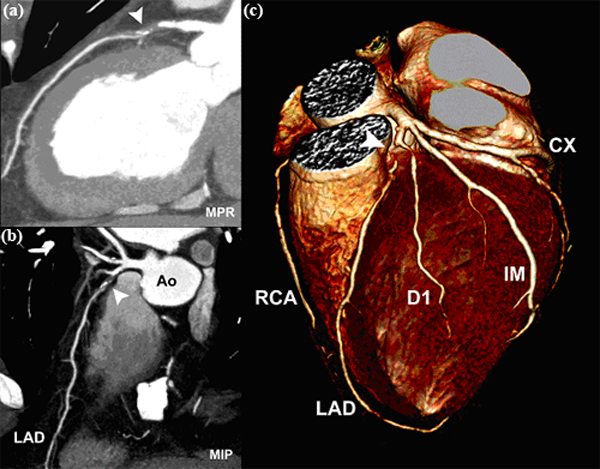Coronary Artery Bypass Graft Surgery
Coronary Artery Bypass Graft Surgery (CABG) is the most common type of open heart surgery in the United States. Coronary artery bypass surgery is performed on over half a million Americans each year. Bypass surgery creates a new route around the blocked vessel or vessels to maintain the proper flow of blood.
Coronary artery bypass grafting (CABG) is a type of surgery that improves blood flow to the heart. Surgeons use CABG to treat people who have severe coronary artery disease (CAD).
How the Coronary Artery Bypass Graft Surgery is Done
The bypass may be constructed with a vein from the leg (the saphenous vein), chest (internal mammary artery, or IMA), or arm (the radial artery). One end of the vessel is grafted to the heart, while the other end is grafted to the blocked coronary artery. The entire coronary surgery takes four to six hours and patients are generally kept in the intensive care unit for a few days to recover.
The results of Coronary Artery Bypass Graft Surgery usually are excellent. The surgery improves or completely relieves angina symptoms in most patients. Although symptoms can recur, many people remain symptom-free for as long as 10 to 15 years. CABG also may lower your risk of having a heart attack and help you live longer.
You may need repeat surgery if blockages form in the grafted arteries or in the veins and arteries that were not blocked before. Taking medicines and making lifestyle changes as your doctor recommends can lower the risk of a graft becoming blocked.
In order to discover more about Coronary Artery Bypass Surgery and its potential causes and ramifications please view this PDF by the American Heart Association.

